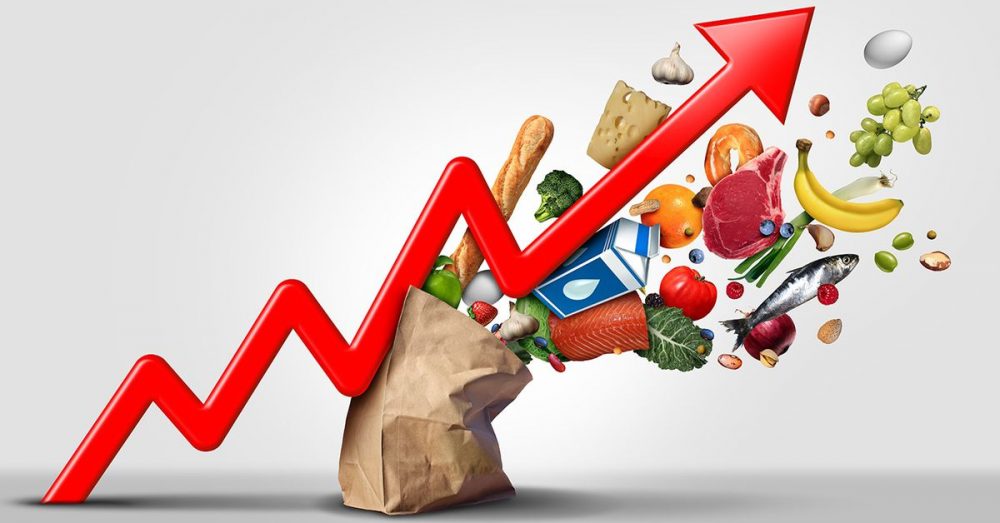The odds of the U.S. Federal Reserve hiking its benchmark fed funds rate 50 basis points in March are on the rise after the PCE Price Index showed the disinflation trend reversed in January.
The PCE Price Index for January rose 5.4% from a year ago versus 5.3% in December. That was far stronger than economist forecasts for the rate to slip to 5.0%. The core rate rose 4.7% versus 4.6% in December, and faster than the anticipated 4.3%.
On a monthly basis, the PCE Price Index gained 0.6% in January, up from 0.2% in December, and against expectations for 0.5%. The core rate also rose 0.6% in January versus 0.4% in December, and forecasts for 0.4%.
Risk markets turning lower, with bitcoin (BTC) shedding about $200 to $23,730 – within a few dollars of its lowest level this week. Nasdaq 100 futures are down 1.9% and S&P 500 futures are lower by 1.4%.
Though severely backward-looking – this report is for January and the calendar says we’re nearly in March – the PCE gauge remains the Fed’s favored inflation indicator. Following the report, odds of a 50 basis point rate hike (as opposed to 25 basis points) at the Fed’s next policy meeting in March are on the rise, with traders now nearly evenly split between the two choices. As recently as one month ago, there was roughly a 100% expectation of just a 25 basis point move in March.
Though remaining elevated, inflation during late 2022 had been trending lower, with even Fed Chair Jay Powell in January allowing that he was seeing signs of a disinflation trend. This report calls that into question.
“Inflation remains stubborn and sticky between 4-5%,” tweeted RSM Chief Economist Joe Brusuelas. “Service inflation continues to increase with goods disinflation cooling. [The] risk of a March 50 basis point hike [is] rising and we are clearing moving toward a 5.5% policy peak at a minimum.”







